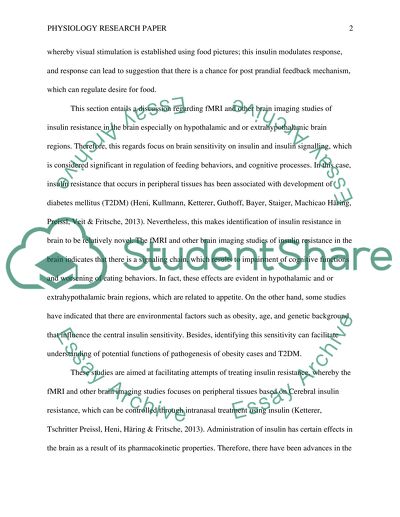Cite this document
(“Interaction of Brain and Insulin Research Paper”, n.d.)
Interaction of Brain and Insulin Research Paper. Retrieved from https://studentshare.org/health-sciences-medicine/1483193-interaction-of-brain-and-insulin
Interaction of Brain and Insulin Research Paper. Retrieved from https://studentshare.org/health-sciences-medicine/1483193-interaction-of-brain-and-insulin
(Interaction of Brain and Insulin Research Paper)
Interaction of Brain and Insulin Research Paper. https://studentshare.org/health-sciences-medicine/1483193-interaction-of-brain-and-insulin.
Interaction of Brain and Insulin Research Paper. https://studentshare.org/health-sciences-medicine/1483193-interaction-of-brain-and-insulin.
“Interaction of Brain and Insulin Research Paper”, n.d. https://studentshare.org/health-sciences-medicine/1483193-interaction-of-brain-and-insulin.


